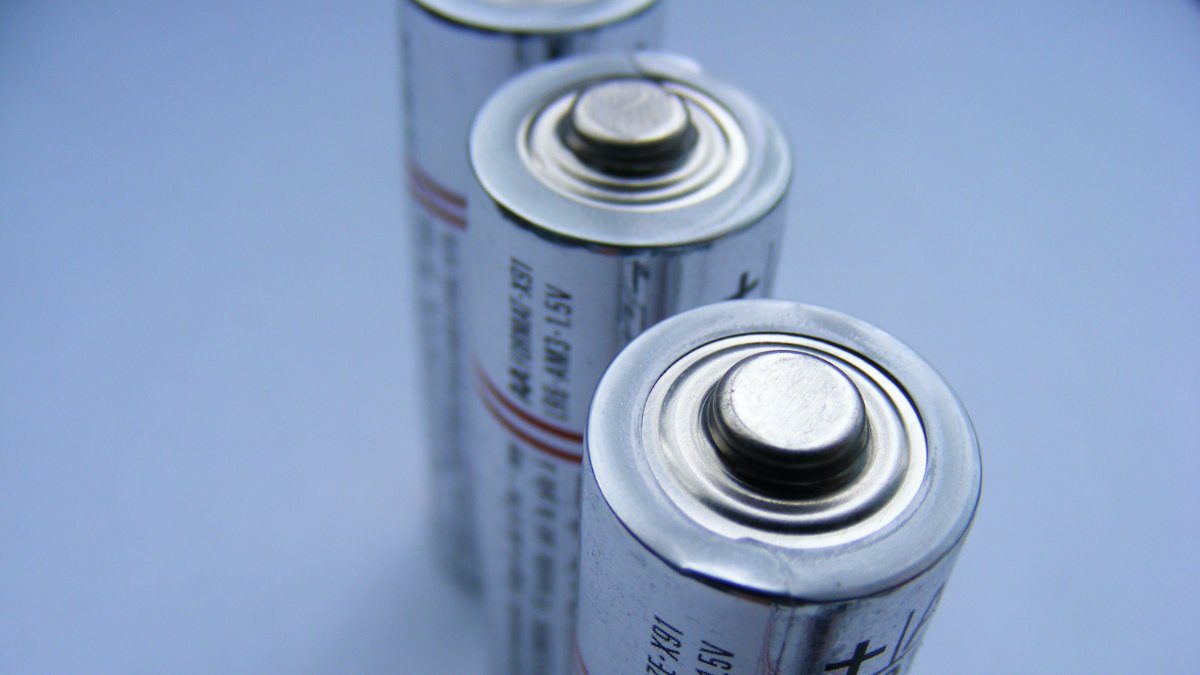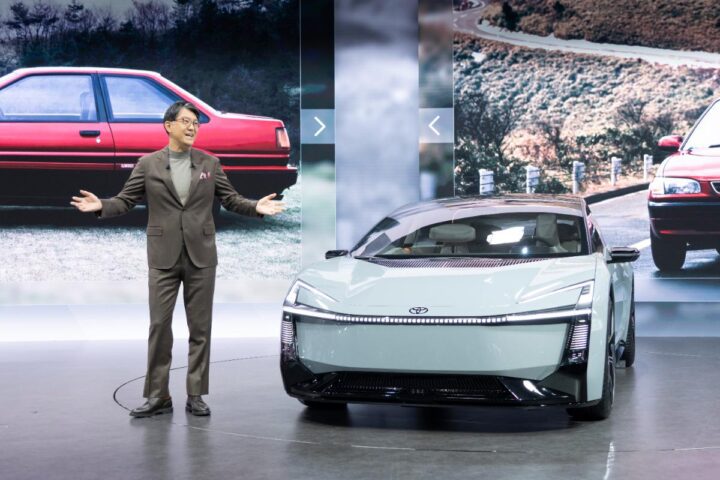University of Ottawa researchers have developed a new way to measure and compare betavoltaic batteries, potentially bringing us closer to devices that never need recharging. Working with Canadian Nuclear Laboratories (CNL), the team has created three new standardized measurements called “figures of merit” that could speed up development of batteries lasting over a decade without recharging. “With capture efficiency, gain and gain efficiency, we can finally compare betavoltaic cells simply and accurately,” says Mathieu de Lafontaine, assistant professor in the Faculty of Engineering and lead author of the study.
Unlike typical lithium-ion batteries that need frequent recharging and eventually wear out, betavoltaic batteries generate electricity from radioactive decay. They convert energy from beta particles – electrons emitted by radioactive materials like tritium – into electrical current. The first figure of merit, capture efficiency, measures how well materials absorb beta energy. The second, gain, refers to how many electrical charges are created from a single radioactive decay event. The third, gain efficiency, shows how effectively the device collects these charges. These measurements help scientists understand what’s happening inside the batteries and identify what’s limiting their performance.
“Thanks to this advance, researchers will be able to characterize and optimize betavoltaic cells more easily. It will also help manufacturers speed up development of long-life batteries,” explains de Lafontaine. Betavoltaic batteries can work in extreme environments where conventional batteries fail – in space, deep underwater, or in Arctic conditions.
Their durability makes them ideal for powering medical devices like pacemakers, remote sensors, and space equipment. CNL has significant experience in nuclear battery research and can handle large amounts of tritium, a radioactive isotope commonly used in betavoltaic batteries. This capability is strategically important for advancing this technology.
Similar Posts
Current betavoltaic batteries typically produce small amounts of power – in the nanowatt to microwatt range – but can operate continuously for decades because radioactive decay happens at a steady, predictable rate. Several materials are being tested for betavoltaic batteries.
While silicon is the most common semiconductor used, researchers are exploring materials with wider bandgaps like silicon carbide (SiC), gallium nitride (GaN), and even diamond to improve efficiency and radiation hardness. Companies like City Labs have already commercialized betavoltaic batteries that can power low-energy devices for over 20 years. Their NanoTritium batteries use tritium as the radioactive source and can withstand extreme temperatures and environmental conditions.
Safety concerns about radioactive materials are addressed through proper design and shielding. Beta particles from tritium are low-energy and can be stopped by a thin sheet of aluminum or even the battery’s own casing.
The new standardization framework proposed by the University of Ottawa team could accelerate progress in this field by allowing fair comparisons between different betavoltaic technologies. “These tools will enable big improvements, thus making the energy transition more efficient and sustainable,” adds de Lafontaine.
The research, titled “Figures of Merit to Quantify Betavoltaic Device Performance,” was published in Cell Reports Physical Science. This advancement positions the University of Ottawa at the cutting edge of future battery research and could help bring us closer to a world where some devices never need recharging – potentially revolutionizing everything from medical implants to remote environmental sensors.



















